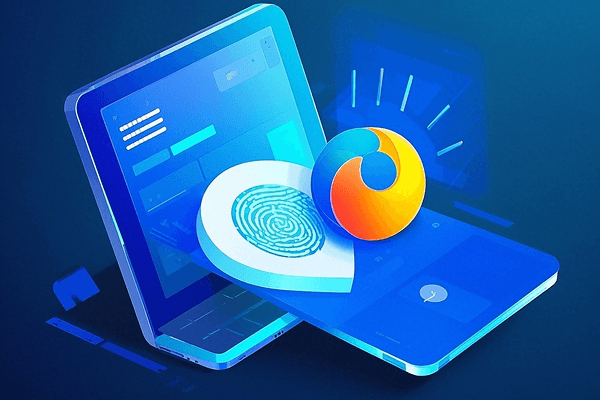
Hot Picks
How to run Facebook ads in 2025? Ideas

Hot Picks
How to promote on Amazon? Sharing various promotion methods

Hot Picks
Choose BitBrowser for fingerprint browsers, and look for the only official website: bitbrowser.cn
BitBrowser: How to prevent detection and protect account privacy?
Time: 2024-08-10 11:45 Click:

BitBrowser Fingerprint Browser simulates the fingerprint of the user's device, including browser configuration, IP address and other information, making the user's behavior on the Internet more hidden and difficult to track. As an advanced fingerprint browser, BitBrowser further provides a highly isolated digital environment, effectively avoiding the risk of information leakage.
The anti-detection capability of fingerprint browsers is crucial to ensure the security and privacy of users, so how does BitBrowser achieve it?
The anti-detection technology of BitBrowser can be divided into two aspects: one is to simulate real user behavior, and the other is to adapt to the detection mechanism.
First, simulating real user behavior is the core of BitBrowser's anti-detection.
BitBrowser deeply customizes and modifies the browser kernel to simulate the behavioral characteristics of real users, including but not limited to browser fingerprints, operating system fingerprints, hardware fingerprints, network fingerprints, etc., to deceive the detection mechanism.
These fingerprint information is usually obtained through statistics and analysis based on a large amount of real user data, which can ensure that BitBrowser can be comparable to real user behavior in all aspects.
Secondly, adaptive response to the detection mechanism is another important aspect of BitBrowser's anti-detection. The detection mechanism usually uses a series of technical means to identify fingerprint browsers, including but not limited to IP addresses, timestamps, mouse tracks, keyboard actions, etc.
Bitbrowsers need to adapt to these detection mechanisms in real time to ensure that they can still be used normally during detection.
So, how does the BitBrowser achieve adaptive response to the detection mechanism? There are mainly the following methods:
1. Customize fingerprint information: Users can adjust the browser's fingerprint information as needed, including operating system, hardware type, user agent, screen resolution and color, time zone and language, installed fonts and plug-ins, browser version, memory, WebRTC, cookies, etc. Fingerprint information can be updated in real time to maintain consistency with real users.
2. Simulate human behavior: The BitBrowser can simulate human behavioral characteristics, including but not limited to mouse movement speed, keyboard tapping interval, scrolling speed, etc., to avoid the risk of being detected. These behavioral characteristics are usually based on statistics and analysis of a large amount of real user data.
3. Use proxy services: The BitBrowser can use proxy services to hide the real IP address to avoid the risk of being detected. BitBrowser supports multiple proxy services, including HTTP/HTTPS/Socks4/Socks5 and other protocols, and can disguise the proxy IP so that the detection mechanism can only obtain the proxy IP address but cannot know your local IP address and geographic location information.

 Multi-Account Management
Multi-Account Management Prevent Account Association
Prevent Account Association Multi-Employee Management
Multi-Employee Management



